Lecture 20 Topic Modelling
目录
- Topic Modelling
- A Brief History of Topic Models
- LDA
- Evaluation
- Conclusion
Topic Modelling
-
makeingsense of text
- English Wikipedia: 6M articles
- Twitter: 500M tweets per day
- New York Times: 15M articles
- arXiv: 1M articles
- What can we do if we want to learn something about these document collections?
-
questions
- What are the less popular topics on Wikipedia?
- What are the big trends on Twitter in the past month?
- How do the social issues evolve over time in New York Times from 1900s to 2000s?
- What are some influential research areas?
-
topic models to the rescue
- Topic models learn common, overlapping themes in a document collection
- Unsupervised model
- No labels; input is just the documents!
- What’s the output of a topic model?
- Topics: each topic associated with a list of words
- Topic assignments: each document associated with a list of topics
-
what do topics look like
-
A list of words
-
Collectively describes a concept or subject
-
Words of a topic typically appear in the same set of documents in the corpus(words overlapping in documents)

-
Wikipedia topics(broad)

-
Twitter topics(short,conversational)

-
New York Times topics

-
-
applications of topic models
- Personalised advertising(e.g. types of products bought)
- Search engine
- Discover senses of polysemous words(e.g. apple: fruit, company, two different clusters)
A Brief History of Topic Models
-
latent semantic analysis

-
LSA: truncate

-
issues
- Positive and negative values in the U U U and V T V^T VT
- Difficult to interpret(negative values)

-
-
probabilistic LSA
-
based on a probabilistic model to get rid of negative values

-
issues
- No more negative values!
- PLSA can learn topics and topic assignment for documents in the train corpus
- But it is unable to infer topic distribution on new documents
- PLSA needs to be re-trained for new documents
-
-
latent dirichlet allocation(LDA)
- Introduces a prior to the document-topic and topicword distribution
- Fully generative: trained LDA model can infer topics on unseen documents!
- LDA is a Bayesian version of PLSA
LDA
-
LDA
- Core idea: assume each document contains a mix of topics
- But the topic structure is hidden (latent)
- LDA infers the topic structure given the observed words and documents
- LDA produces soft clusters of documents (based on topic overlap), rather than hard clusters
- Given a trained LDA model, it can infer topics on new documents (not part of train data)

-
input
- A collection of documents
- Bag-of-words
- Good preprocessing practice:
- Remove stopwords
- Remove low and high frequency word types
- Lemmatisation
-
output
-
Topics: distribution over words in each topic

-
Topic assignment: distribution over topics in each document

-
-
learning
-
How do we learn the latent topics?
-
Two main family of algorithms:
- Variational methods
- Sampling-based methods
-
sampling method (Gibbs)
-
Randomly assign topics to all tokens in documents

-
Collect topic-word and document-topic co-occurrence statistics based on the assignments
-
first give some psudo-counts in every cell of two matrix(smoothing,no event is 0)

-
collect co-occurrence statistics

-
-
Go through every word token in corpus and sample a new topic:
-
delete current topic assigned to a word

-
update two matrices

-
compute the probability distribution to sample: P ( t i ∣ w , d ) ∝ P ( t i ∣ w ) P ( t i ∣ d ) P(t_i|w,d) \propto P(t_i|w)P(t_i|d) P(ti∣w,d)∝P(ti∣w)P(ti∣d) ( P ( t i ∣ w ) → P(t_i|w) \to P(ti∣w)→ topic-word, P ( t i ∣ d ) → P(t_i|d) \to P(ti∣d)→ document-topic)

- P ( t 1 ∣ w , d ) = P ( t 1 ∣ m o u s e ) × P ( t 1 ∣ d 1 ) = 0.01 0.01 + 0.01 + 2.01 × 1.1 1.1 + 1.1 + 2.1 P(t_1|w,d)=P(t_1|mouse)\times{P(t_1|d_1)}=\frac{0.01}{0.01+0.01+2.01}\times{\frac{1.1}{1.1+1.1+2.1}} P(t1∣w,d)=P(t1∣mouse)×P(t1∣d1)=0.01+0.01+2.010.01×1.1+1.1+2.11.1
-
sample randomly based on the probability distribution
-
-
Go to step 2 and repeat until convergence
- when to stop
- Train until convergence
- Convergence = model probability of training set becomes stable
- How to compute model probability?
- l o g P ( w 1 , w 2 , . . . , w m ) = l o g ∑ j = 0 T P ( w 1 ∣ t j ) P ( t j ∣ d w 1 ) + . . . + l o g ∑ j = 0 T P ( w m ∣ t j ) P ( t j ∣ d w m ) logP(w_1,w_2,...,w_m)=log\sum_{j=0}^TP(w_1|t_j)P(t_j|d_{w_1})+...+log\sum_{j=0}^TP(w_m|t_j)P(t_j|d_{w_m}) logP(w1,w2,...,wm)=log∑j=0TP(w1∣tj)P(tj∣dw1)+...+log∑j=0TP(wm∣tj)P(tj∣dwm)
- m = #word tokens
- P ( w 1 ∣ t j ) → P(w_1|t_j) \to P(w1∣tj)→ based on the topic-word co-occurrence matrix
- P ( t j ∣ d w 1 ) → P(t_j|d_{w_1}) \to P(tj∣dw1)→ based on the document-topic co-occurrence matrix
- infer topics for new documents
-
Randomly assign topics to all tokens in new/test documents

-
Update document-topic matrix based on the assignments; but use the trained topic-word matrix (kept fixed)

-
Go through every word in the test documents and sample topics: P ( t i ∣ w , d ) ∝ P ( t i ∣ w ) P ( t i ∣ d ) P(t_i|w,d) \propto P(t_i|w)P(t_i|d) P(ti∣w,d)∝P(ti∣w)P(ti∣d)
-
Go to step 2 and repeat until convergence
-
- hyper-parameters
-
T T T: number of topic

-
β \beta β: prior on the topic-word distribution
-
α \alpha α: prior on the document-topic distribution
-
Analogous to k in add-k smoothing in N-gram LM
-
Pseudo counts to initialise co-occurrence matrix:

-
High prior values → \to → flatter distribution

- a very very large value would lead to a uniform distribution
-
Low prior values → \to → peaky distribution

-
β \beta β: generally small (< 0.01)
- Large vocabulary, but we want each topic to focus on specific themes
-
α \alpha α: generally larger (> 0.1)
- Multiple topics within a document
-
-
-
Evaluation
- how to evaluate topic models
- Unsupervised learning → \to → no labels
- Intrinsic(内在的,固有的) evaluation:
- model logprob / perplexity(困惑度,复杂度) on test documents
- l o g L = ∑ W ∑ T l o g P ( w ∣ t ) P ( t ∣ d w ) logL=\sum_W\sum_TlogP(w|t)P(t|d_w) logL=∑W∑TlogP(w∣t)P(t∣dw)
- p p l = e x p − l o g L W ppl=exp^{\frac{-logL}{W}} ppl=expW−logL
- issues with perlexity
- More topics = better (lower) perplexity
- Smaller vocabulary = better perplexity
- Perplexity not comparable for different corpora, or different tokenisation/preprocessing methods
- Does not correlate with human perception of topic quality
- Extrinsic(外在的) evaluation the way to go:
- Evaluate topic models based on downstream task
- topic coherence
-
A better intrinsic evaluation method
-
Measure how coherent the generated topics (blue more coherent than red)

-
A good topic model is one that generates more coherent topics
-
- word intrusion
- Idea: inject one random word to a topic
- {farmers, farm, food, rice, agriculture} → \to → {farmers, farm, food, rice, cat, agriculture}
- Ask users to guess which is the intruder word
- Correct guess → \to → topic is coherent
- Try guess the intruder word in:
- {choice, count, village, i.e., simply, unionist}
- Manual effort; does not scale
- Idea: inject one random word to a topic
- PMI ≈ \approx ≈ coherence?
- High PMI for a pair of words → \to → words are correlated
- PMI(farm, rice) ↑ \uparrow ↑
- PMI(choice, village) ↓ \downarrow ↓
- If all word pairs in a topic has high PMI → \to → topic is coherent
- If most topics have high PMI → \to → good topic model
- Where to get word co-occurrence statistics for PMI?
- Can use same corpus for topic model
- A better way is to use an external corpus (e.g. Wikipedia)
- High PMI for a pair of words → \to → words are correlated
- PMI
- Compute pairwise PMI of top-N words in a topic
- P M I ( t ) = ∑ j = 2 N ∑ i = 1 j − 1 l o g P ( w i , w j ) P ( w i ) P ( w j ) PMI(t)=\sum_{j=2}^N\sum_{i=1}^{j-1}log\frac{P(w_i,w_j)}{P(w_i)P(w_j)} PMI(t)=∑j=2N∑i=1j−1logP(wi)P(wj)P(wi,wj)
- Given topic: {farmers, farm, food, rice, agriculture}
- Coherence = sum PMI for all word pairs:
- PMI(farmers, farm) + PMI(farmers, food) + … + PMI(rice, agriculture)
- variants
- Normalised PMI
- N P M I ( t ) = ∑ j = 2 N ∑ i = 1 j − 1 l o g P ( w i , w j ) P ( w i ) P ( w j ) − l o g P ( w i , w j ) NPMI(t)=\sum_{j=2}^N\sum_{i=1}^{j-1}\frac{log\frac{P(w_i,w_j)}{P(w_i)P(w_j)}}{-logP(w_i,w_j)} NPMI(t)=∑j=2N∑i=1j−1−logP(wi,wj)logP(wi)P(wj)P(wi,wj)
- conditional probability (proved not as good as PMI)
- L C P ( t ) = ∑ j = 2 N ∑ i = 1 j − 1 l o g P ( w i , w j ) P ( w i ) LCP(t)=\sum_{j=2}^N\sum_{i=1}^{j-1}log\frac{P(w_i,w_j)}{P(w_i)} LCP(t)=∑j=2N∑i=1j−1logP(wi)P(wi,wj)
- Normalised PMI
- example (PMI tends to favor rarer words, use NPMI to relieve this problem)
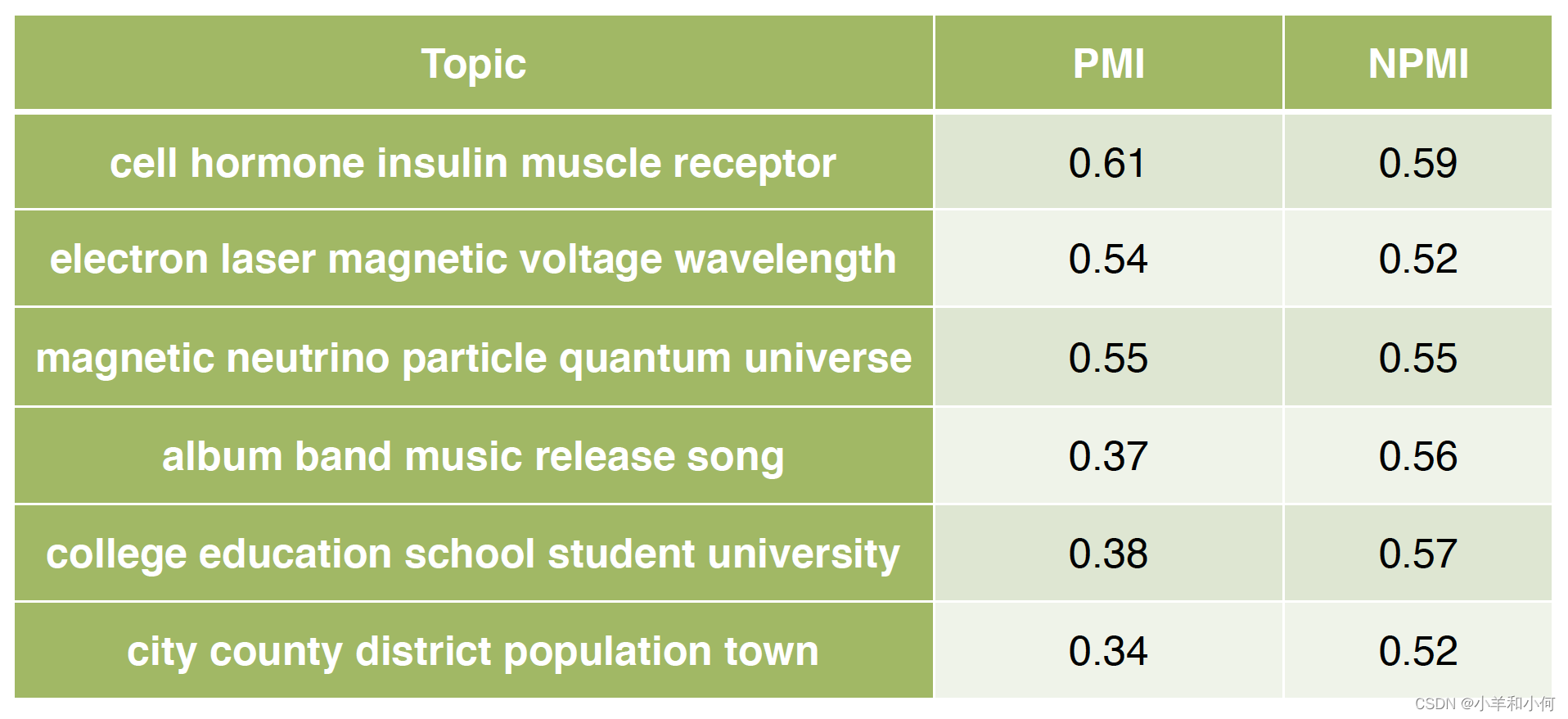
- Compute pairwise PMI of top-N words in a topic
Conclusion
- Topic model: an unsupervised model for learning latent concepts in a document collection
- LDA: a popular topic model
- Learning
- Hyper-parameters
- How to evaluate topic models?
- Topic coherence
相关文章:

Lecture 20 Topic Modelling
目录 Topic ModellingA Brief History of Topic ModelsLDAEvaluationConclusion Topic Modelling makeingsense of text English Wikipedia: 6M articlesTwitter: 500M tweets per dayNew York Times: 15M articlesarXiv: 1M articlesWhat can we do if we want to learn somet…...

ThreadPoolExecutor线程池
文章目录 一、ThreadPool线程池状态二、ThreadPoolExecutor构造方法三、Executors3.1 固定大小线程池3.2 带缓冲线程池3.3 单线程线程池 四、ThreadPoolExecutor4.1 execute(Runnable task)方法使用4.2 submit()方法4.3 invokeAll()4.4 invokeAny()4.5 shutdown()4.6 shutdownN…...
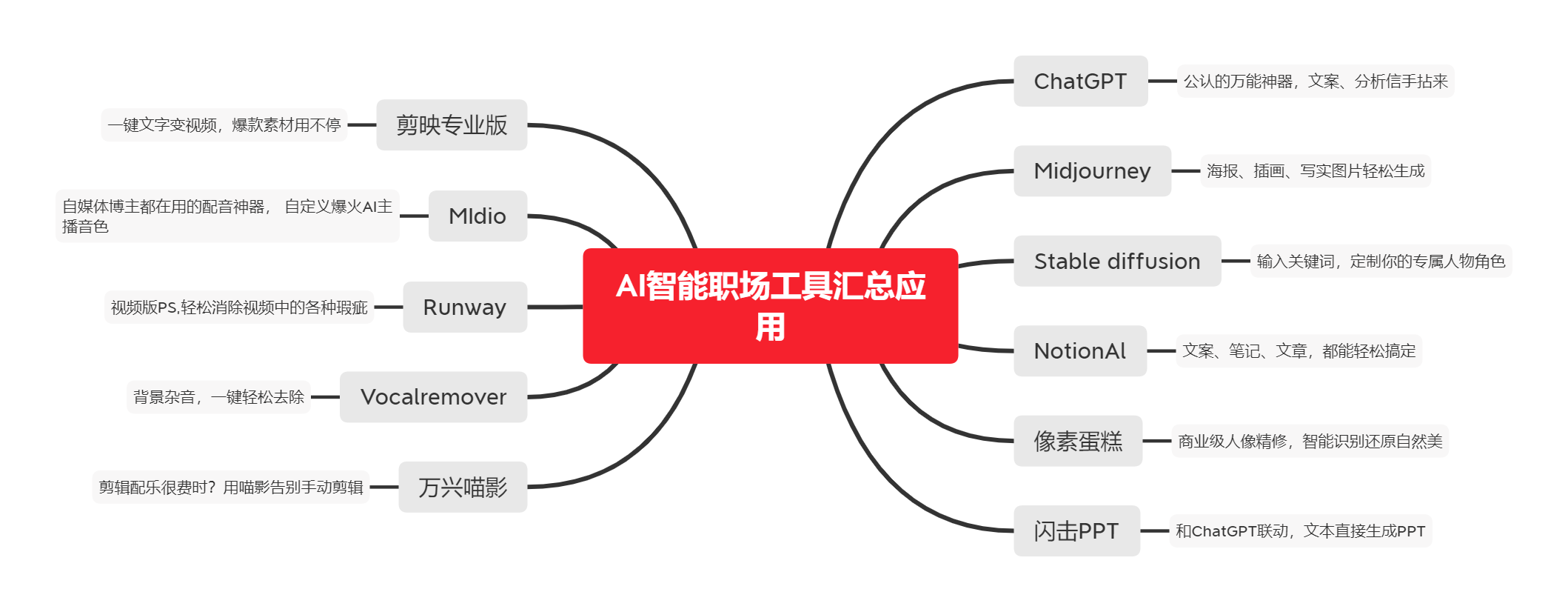
chatgpt赋能python:Python实践:如何升级pip
Python实践:如何升级pip Python作为一门高效的脚本语言,被广泛应用于数据分析、人工智能、Web开发等领域。而pip则是Python的包管理工具,是开发Python应用的必备工具。但是pip在使用过程中,有时候会出现版本不兼容或者出现漏洞等…...

【JavaEE进阶】mybatis
目录: 一、Mybatis是什么 三个映射关系如下图: 二、mybatis的使用(前置工作简单案例) 第一步:导入MAVEN依赖 第二步: 在spring项目当中新建数据源 第三步:新建一个实体类,是和…...
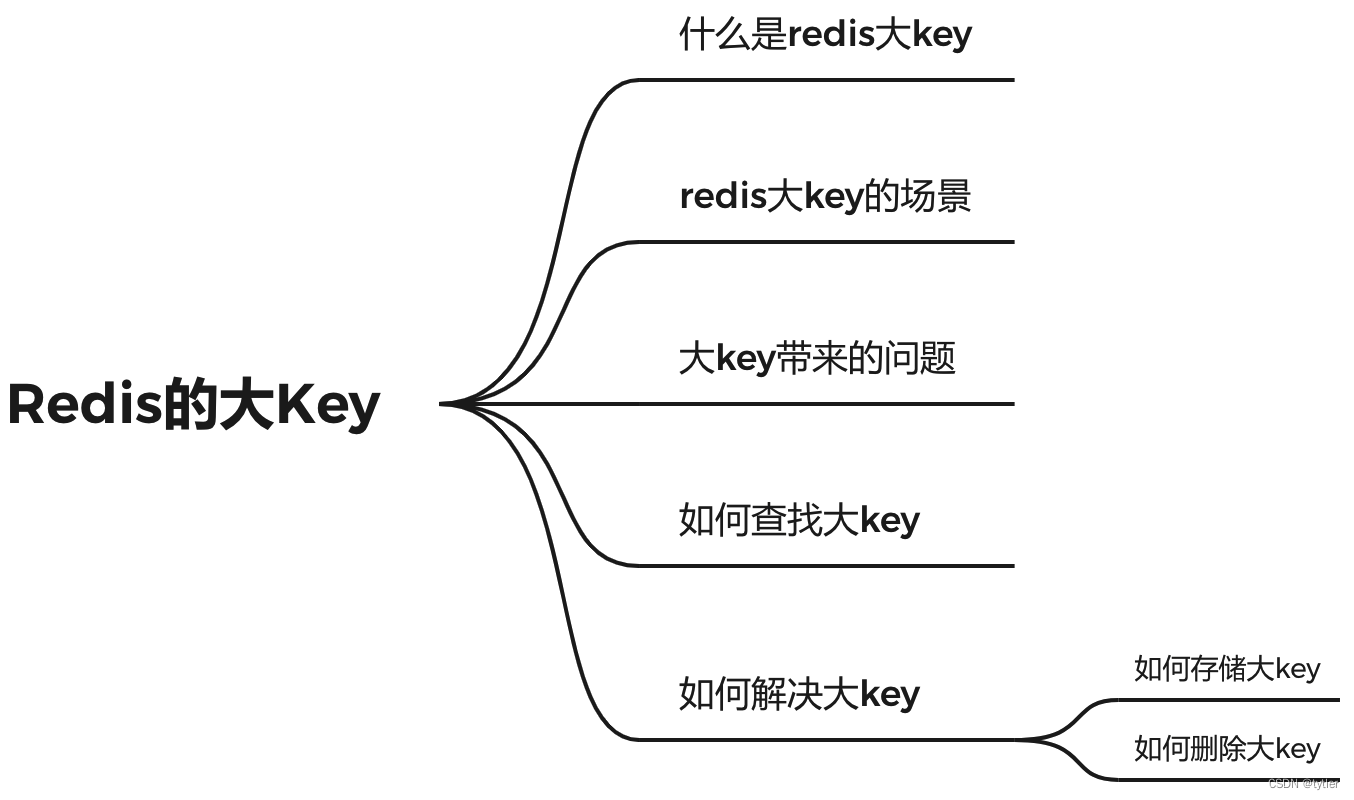
Redis的大key
什么是 redis 的大 key redis 的大 key 不是指存储在 redis 中的某个 key 的大小超过一定的阈值,而是该 key 所对应的 value 过大对于 string 类型来说,一般情况下超过 10KB 则认为是大 key;对于set、zset、hash 等类型来说,一般…...
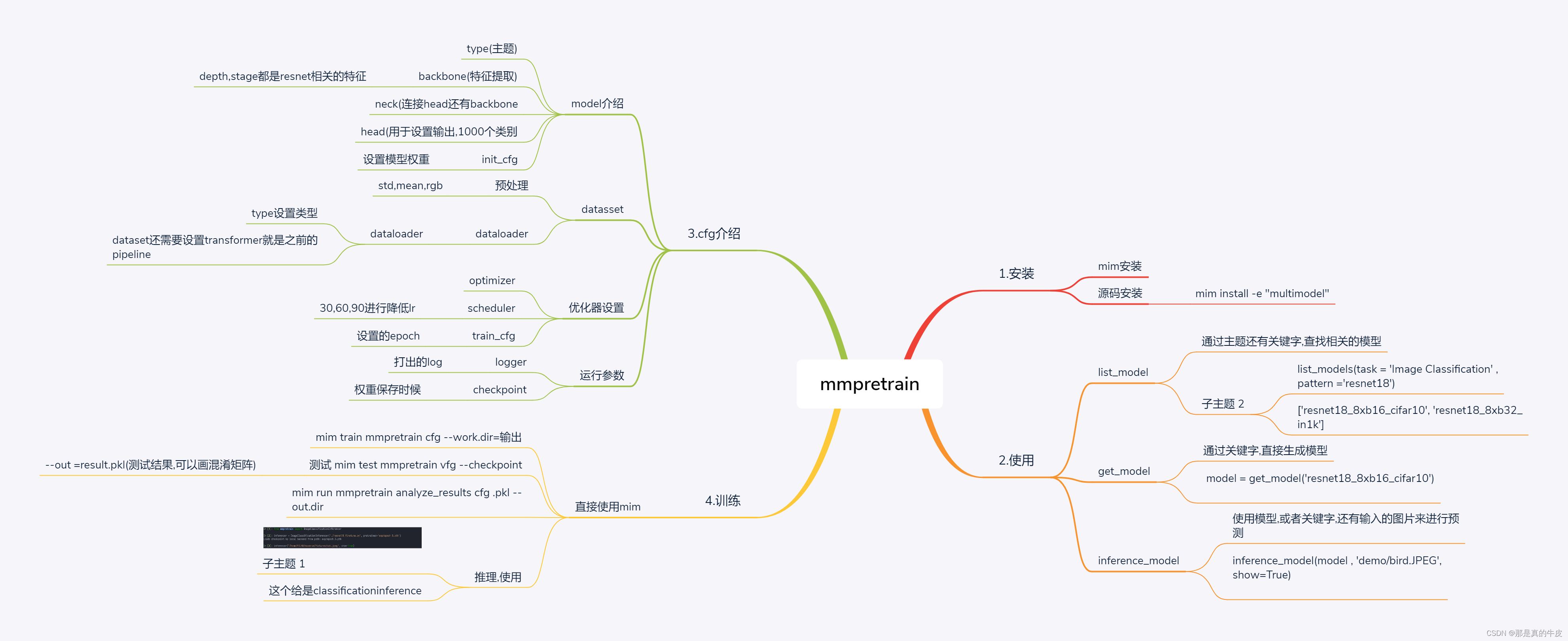
MMPretrain
title: mmpretrain实战 date: 2023-06-07 16:04:01 tags: [image classification,mmlab] mmpretrain实战 [外链图片转存失败,源站可能有防盗链机制,建议将图片保存下来直接上传(img-ccTl9bOl-1686129437336)(null)] 主要讲解了安装,还有使用教程.安装教程直接参考官网.下面讲…...
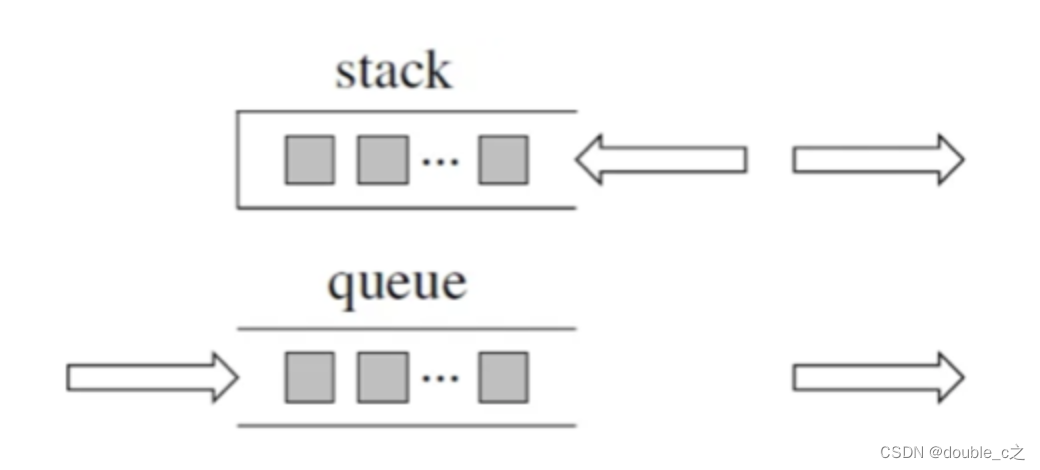
栈和队列(数据结构刷题)[一]-python
文章目录 前言一、原理介绍二、用栈实现队列1.操作2.思路 三、关于面试考察栈里面的元素在内存中是连续分布的么? 前言 提到栈和队列,大家可能对它们的了解只停留在表面,再深入一点,好像知道又好像不知道的感觉。本文我将从底层实…...

【备战秋招】JAVA集合
集合 前言 一方面, 面向对象语言对事物的体现都是以对象的形式,为了方便对多个对象 的操作,就要 对对象进行存储。 另一方面,使用Array存储对象方面具有一些弊端,而Java 集合就像一种容器,可以动态地把多…...
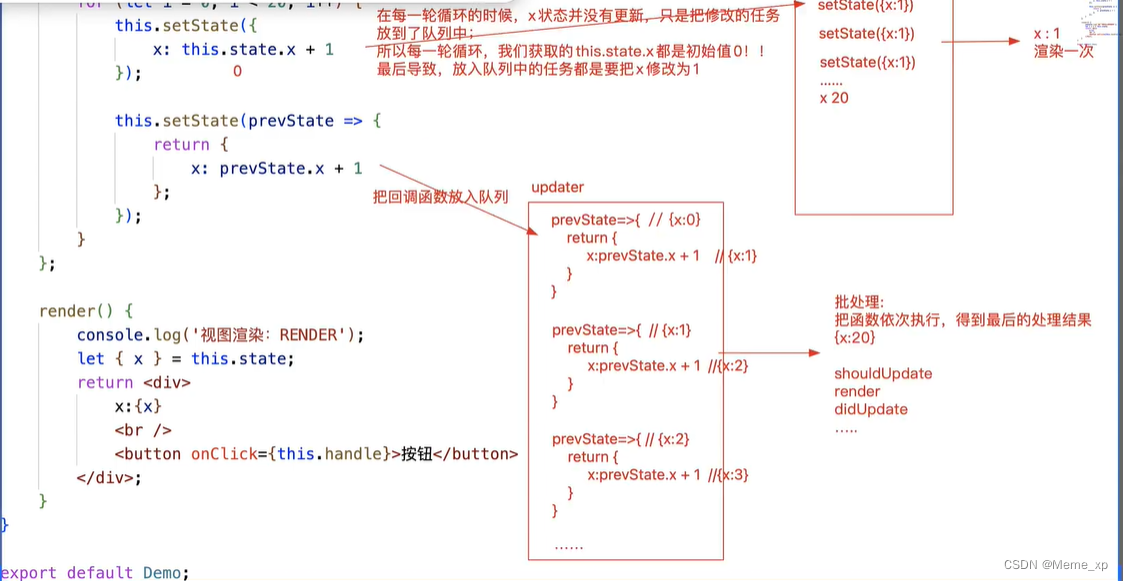
setState详解
this. setState( [partialState], [callback]) 1.[partialState] :支持部分状态更改 this, setState({ x:100 //不论总共有多少状态,我们只修改了x,其余的状态不动 });callback :在状态更改/视图更新完毕后触发执行,也可以说只要执行了setS…...

Qt5.12.6配置Android Arm开发环境(windows)
1. 安装jdk1.8 2.安装Android Studio 并安装 SDK 与NDK SDK Tools 选择 26.0.3 SDK Platform 选择 Android SDK Platform 26 NDK选择19版本 安卓ARM环境配置成功如下: JDK1.8 , SDK 26 , NDK 19 在安装QT时要选择 ARMv7(32位CPU)与ARM64-v8a(64位CPU) 选择支持android平台…...
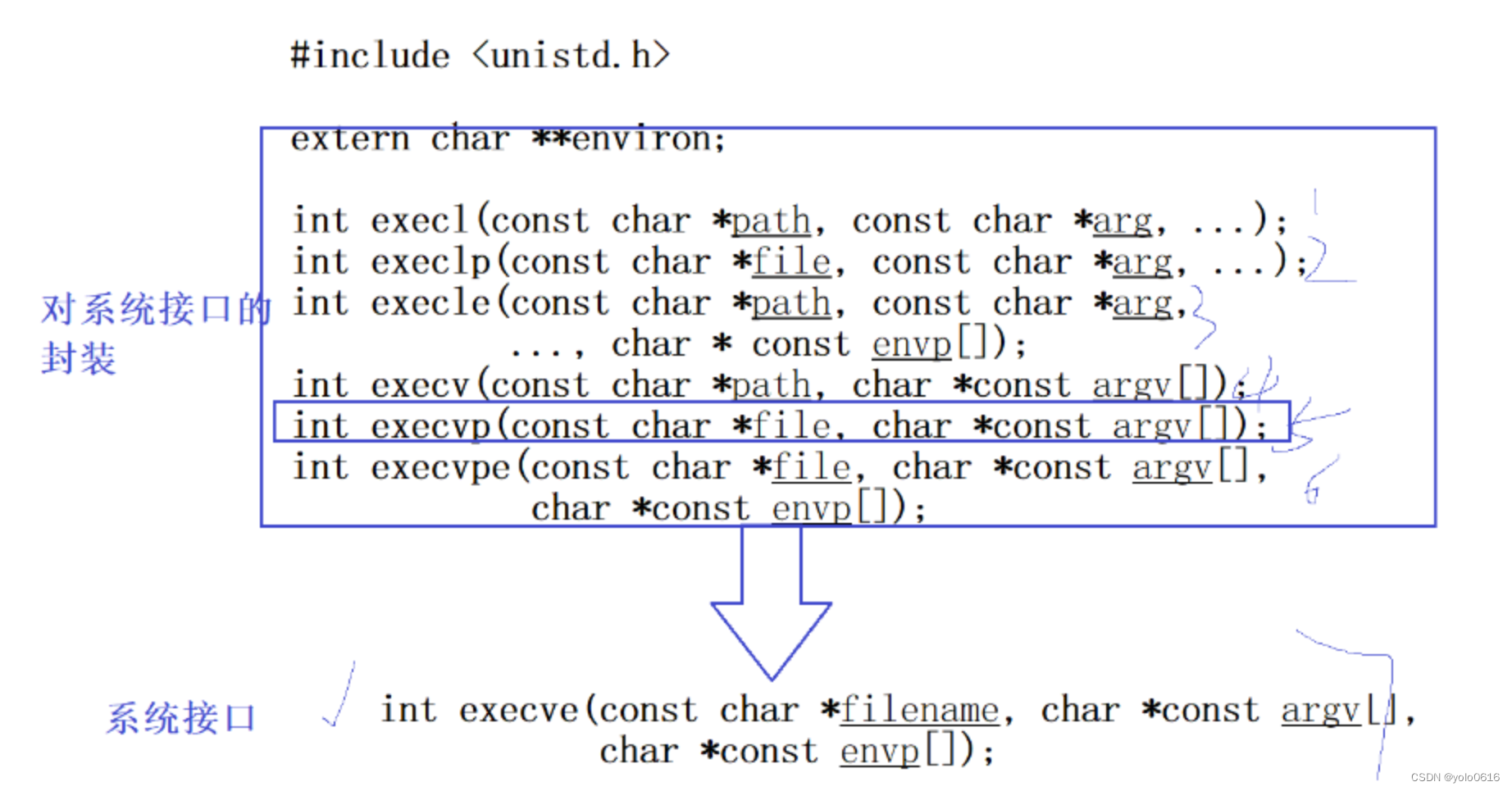
七、进程程序替换
文章目录 一、进程程序替换(一)概念(二)为什么程序替换(三)程序替换的原理(四)如何进行程序替换1. execl2. 引入进程创建——子进程执行程序替换,会不会影响父进程呢? &…...
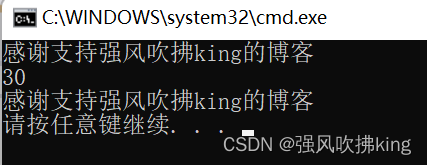
C++核心编程——详解运算符重载
文章目录💬 一.运算符重载基础知识①基本概念②运算符重载的规则③运算符重载形式④运算符重载建议 二.常用运算符重载①左移(<<)和右移(>>)运算符重载1️⃣重载后函数参数是什么?2️⃣重载的函数返回类型是什么?3️⃣重载为哪种…...
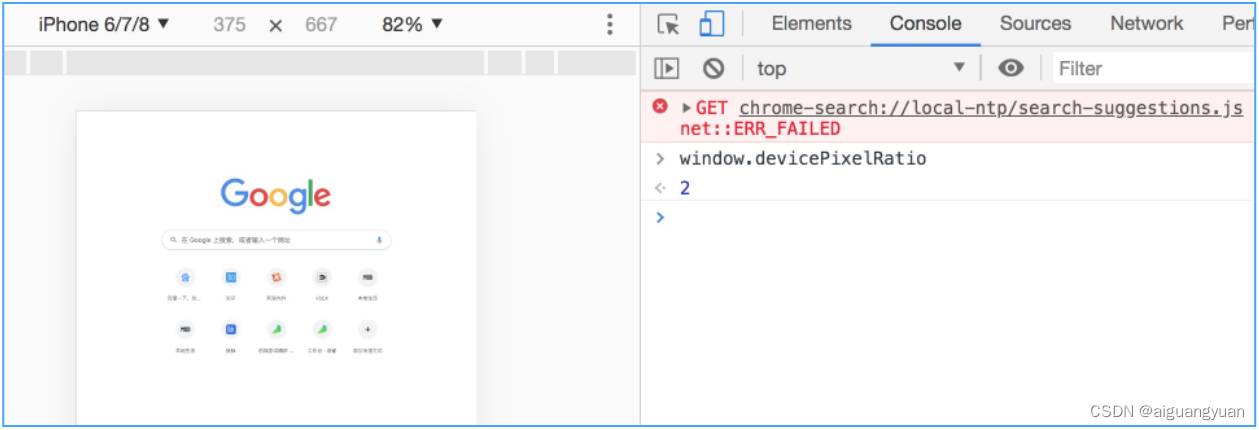
2023年前端面试汇总-CSS
1. CSS基础 1.1. CSS选择器及其优先级 对于选择器的优先级: 1. 标签选择器、伪元素选择器:1; 2. 类选择器、伪类选择器、属性选择器:10; 3. id 选择器:100; 4. 内联样式:1000&a…...

Java调用Pytorch实现以图搜图(附源码)
Java调用Pytorch实现以图搜图 设计技术栈: 1、ElasticSearch环境; 2、Python运行环境(如果事先没有pytorch模型时,可以用python脚本创建模型); 1、运行效果 2、创建模型(有则可以跳过…...
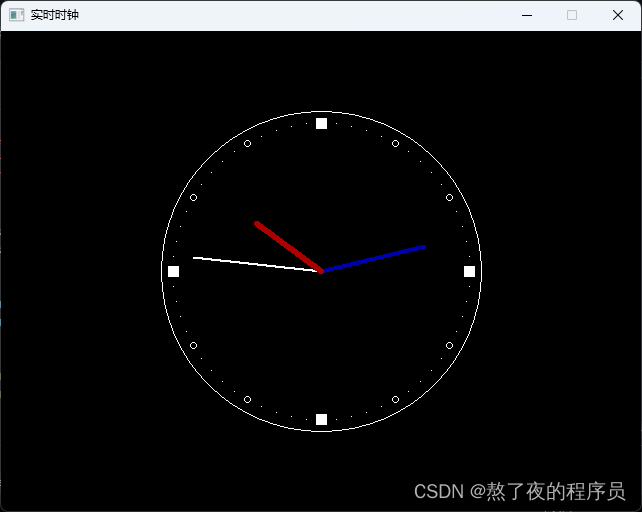
【EasyX】实时时钟
目录 实时时钟1. 绘制静态秒针2. 秒针的转动3. 根据实际时间转动4. 添加时针和分针5. 添加表盘刻度 实时时钟 本博客介绍利用EasyX实现一个实时钟表的小程序,同时学习时间函数的使用。 本文源码可从github获取 1. 绘制静态秒针 第一步定义钟表的中心坐标center&a…...
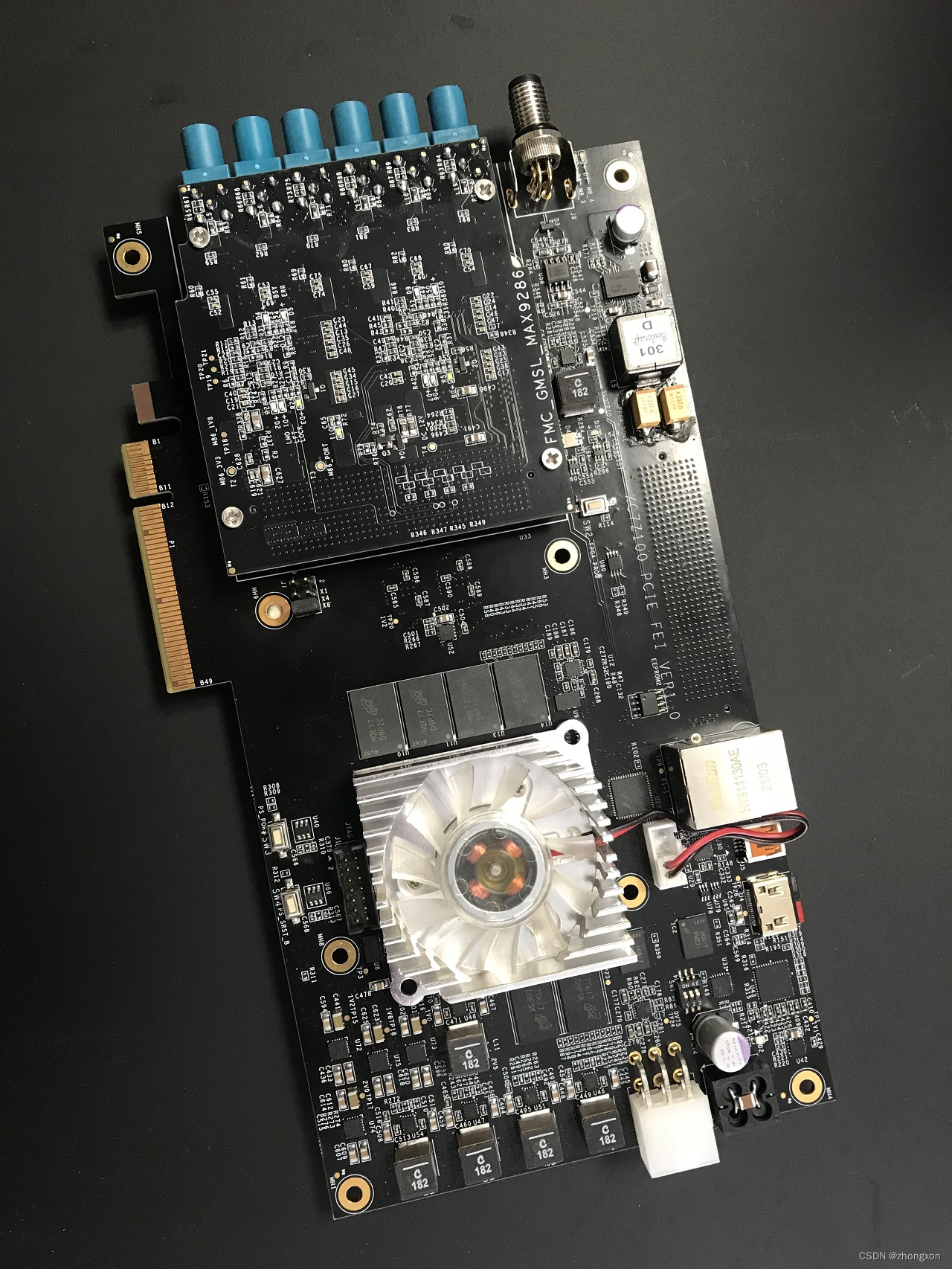
基于XC7Z100的PCIe采集卡(GMSL FMC采集卡)
GMSL 图像采集卡 特性 ● PCIe Gen2.0 X8 总线; ● 支持V4L2调用; ● 1路CAN接口; ● 6路/12路 GMSL1/2摄像头输入,最高可达8MP; ● 2路可定义相机同步触发输入/输出; 优势 ● 采用PCIe主卡与FMC子…...
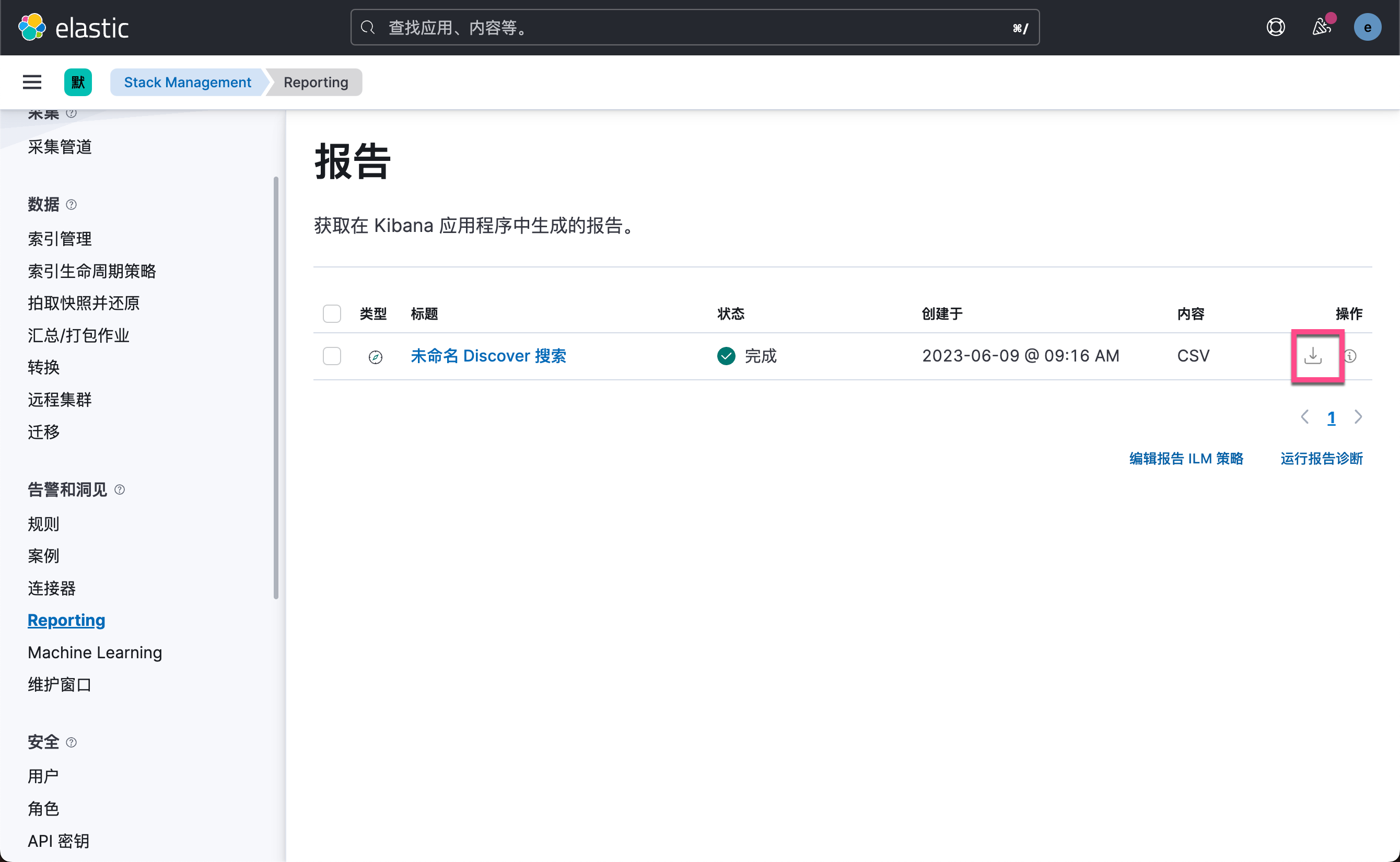
Kibana:使用 Kibana 自带数据进行可视化(一)
在今天的练习中,我们将使用 Kibana 自带的数据来进行一些可视化的展示。希望对刚开始使用 Kibana 的用户有所帮助。 前提条件 如果你还没有安装好自己的 Elastic Stack,你可以参考如下的视频来开启 Elastic Stack 并进行下面的练习。你可以开通阿里云检…...
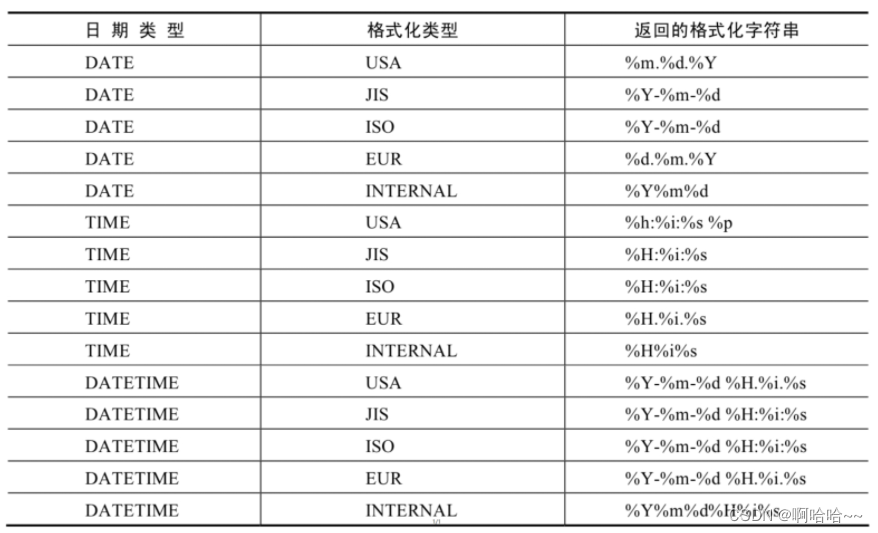
MySQL数据库基础 07
第七章 单行函数 1. 函数的理解1.1 什么是函数1.2 不同DBMS函数的差异1.3 MySQL的内置函数及分类 2. 数值函数2.1 基本函数2.2 角度与弧度互换函数2.3 三角函数2.4 指数与对数2.5 进制间的转换 3. 字符串函数4. 日期和时间函数4.1 获取日期、时间 4.2 日期与时间戳的转换 4.3 获…...

JVM | JVM垃圾回收
JVM | JVM垃圾回收 1、堆空间的基本结构2、内存分配和回收原则2.1、对象优先在 Eden 区分配2.2、大对象直接进入老年代2.3、长期存活的对象将进入老年代2.4、主要进行 gc 的区域2.5、空间分配担保3、死亡对象判断方法3.1、引用计数法3.2、可达性分析算法3.3、引用类型总结3.4、…...

avive零头撸矿
Avive 是一个透明的、自下而上替代自上而下的多元网络,旨在克服当前生态系统的局限性,实现去中心化社会。 aVive:一个基于 SBT 和市场的 deSoc,它使 dapps 能够与分散的位置 oracle 和 SBT 关系进行互操作。您的主权社交网络元宇宙…...

[2025CVPR]DeepVideo-R1:基于难度感知回归GRPO的视频强化微调框架详解
突破视频大语言模型推理瓶颈,在多个视频基准上实现SOTA性能 一、核心问题与创新亮点 1.1 GRPO在视频任务中的两大挑战 安全措施依赖问题 GRPO使用min和clip函数限制策略更新幅度,导致: 梯度抑制:当新旧策略差异过大时梯度消失收敛困难:策略无法充分优化# 传统GRPO的梯…...
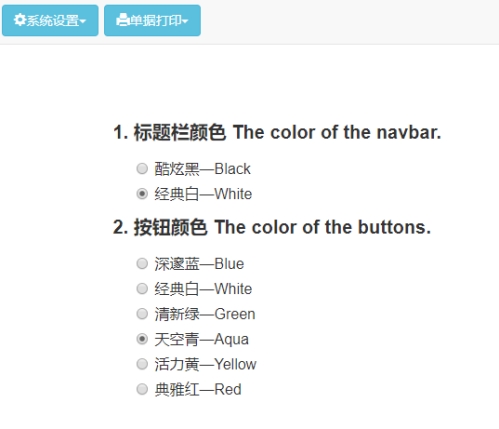
基于ASP.NET+ SQL Server实现(Web)医院信息管理系统
医院信息管理系统 1. 课程设计内容 在 visual studio 2017 平台上,开发一个“医院信息管理系统”Web 程序。 2. 课程设计目的 综合运用 c#.net 知识,在 vs 2017 平台上,进行 ASP.NET 应用程序和简易网站的开发;初步熟悉开发一…...

java 实现excel文件转pdf | 无水印 | 无限制
文章目录 目录 文章目录 前言 1.项目远程仓库配置 2.pom文件引入相关依赖 3.代码破解 二、Excel转PDF 1.代码实现 2.Aspose.License.xml 授权文件 总结 前言 java处理excel转pdf一直没找到什么好用的免费jar包工具,自己手写的难度,恐怕高级程序员花费一年的事件,也…...

pam_env.so模块配置解析
在PAM(Pluggable Authentication Modules)配置中, /etc/pam.d/su 文件相关配置含义如下: 配置解析 auth required pam_env.so1. 字段分解 字段值说明模块类型auth认证类模块,负责验证用户身份&am…...

Web 架构之 CDN 加速原理与落地实践
文章目录 一、思维导图二、正文内容(一)CDN 基础概念1. 定义2. 组成部分 (二)CDN 加速原理1. 请求路由2. 内容缓存3. 内容更新 (三)CDN 落地实践1. 选择 CDN 服务商2. 配置 CDN3. 集成到 Web 架构 …...

Python ROS2【机器人中间件框架】 简介
销量过万TEEIS德国护膝夏天用薄款 优惠券冠生园 百花蜂蜜428g 挤压瓶纯蜂蜜巨奇严选 鞋子除臭剂360ml 多芬身体磨砂膏280g健70%-75%酒精消毒棉片湿巾1418cm 80片/袋3袋大包清洁食品用消毒 优惠券AIMORNY52朵红玫瑰永生香皂花同城配送非鲜花七夕情人节生日礼物送女友 热卖妙洁棉…...

使用Matplotlib创建炫酷的3D散点图:数据可视化的新维度
文章目录 基础实现代码代码解析进阶技巧1. 自定义点的大小和颜色2. 添加图例和样式美化3. 真实数据应用示例实用技巧与注意事项完整示例(带样式)应用场景在数据科学和可视化领域,三维图形能为我们提供更丰富的数据洞察。本文将手把手教你如何使用Python的Matplotlib库创建引…...
: 一刀斩断视频片头广告)
快刀集(1): 一刀斩断视频片头广告
一刀流:用一个简单脚本,秒杀视频片头广告,还你清爽观影体验。 1. 引子 作为一个爱生活、爱学习、爱收藏高清资源的老码农,平时写代码之余看看电影、补补片,是再正常不过的事。 电影嘛,要沉浸,…...
免费数学几何作图web平台
光锐软件免费数学工具,maths,数学制图,数学作图,几何作图,几何,AR开发,AR教育,增强现实,软件公司,XR,MR,VR,虚拟仿真,虚拟现实,混合现实,教育科技产品,职业模拟培训,高保真VR场景,结构互动课件,元宇宙http://xaglare.c…...
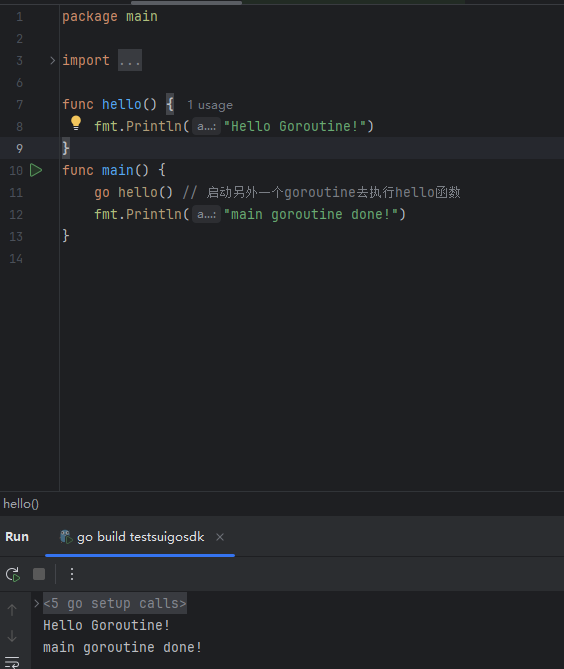
GO协程(Goroutine)问题总结
在使用Go语言来编写代码时,遇到的一些问题总结一下 [参考文档]:https://www.topgoer.com/%E5%B9%B6%E5%8F%91%E7%BC%96%E7%A8%8B/goroutine.html 1. main()函数默认的Goroutine 场景再现: 今天在看到这个教程的时候,在自己的电…...
